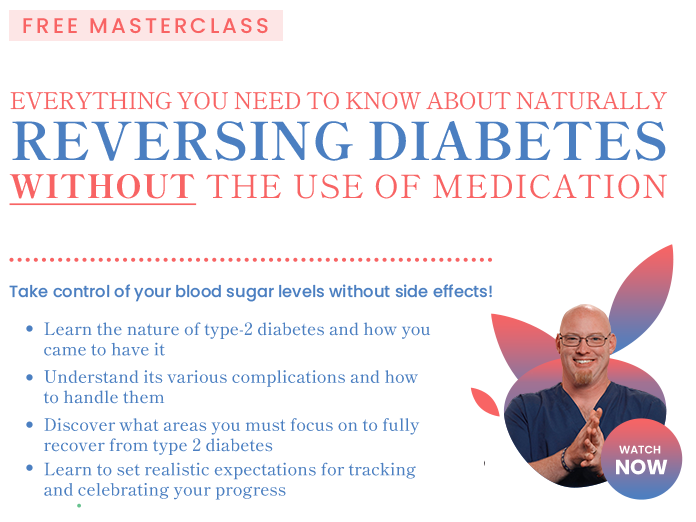
If you wish to prevent diabetes or manage it effectively, understanding the glycemic index is important. There's no need to panic, even if it sounds mathematical. This is not calculus. By the end of this article, you'll have a pretty good idea of what it is and what to look out for.
The glycemic index is an indicator of just how much carbohydrates are present in a particular type of food and how these carbs will affect your blood glucose level. The key to managing your diabetes is to keep your blood sugar levels stable. So the goal is to consume foods that have a low glycemic index (GI) and avoid foods that are high on the scale. Studies have shown that a diet that raises your blood glucose to high levels can lead to cardiovascular disease.
Pure glucose has a rating of 100. Everything else falls below that. Ideally, the foods that you eat should be below the 50 mark. These foods are broken down slowly by the body, and because of this, your blood sugar doesn't go up significantly.
Foods such as white bread, white rice, candy, etc., are simple carbohydrates that are easily and rapidly broken down by the body. The speed at which the body breaks down the carbs determines the blood sugar spike. The faster it's broken down, the higher the blood sugar level. Foods in the 56 to 69 range are medium GI foods and should be consumed in moderation. Foods with a GI of 70 and above should be avoided as much as possible.
There is a diet known as the "GI diet," and it's especially useful for diabetes patients. You may wish to do more research on this topic and plan a diet for yourself so that your blood glucose levels are stable even after meals. There are several benefits of a low glycemic diet; for starters, you'll start to lose weight because the body will not have blood glucose spikes. Losing excess weight is one of the best ways to manage diabetes; you may notice a decrease in your cholesterol levels and your triglycerides, which is the fat in your blood. Overall, your health will improve, and your diabetes risk will be lowered.
Another term that you should be aware of is "glycemic load," and it was created because the GI index has a flaw and can be misleading at times. Some foods that have a GI value do not necessarily have a high percentage of carbohydrates. That's because GI doesn't factor in carbohydrate density in its calculations.

So calculating the glycemic load will be a more accurate measure; to calculate the glycemic load, you'll need to multiply the GI of the food by the number of carbs found in a serving and divide that by 100. So the glycemic load of watermelon will be around 3.6, but the glycemic load of a plate of macaroni and cheese would be 33, which is high. That's how you track the foods that you eat. If you don't wish to wear yourself out calculating GI values, etc., the rule of thumb is to avoid white flour products, processed foods, refined carbs, such as white rice, and avoid foods containing sugar.
If you do this and stick to healthy, nutritious food, you'll be consuming low GI foods. It really isn't rocket science. Just eat more vegetables, fruits, nuts, seeds, and a moderate amount of meat. That's it in a nutshell.
















